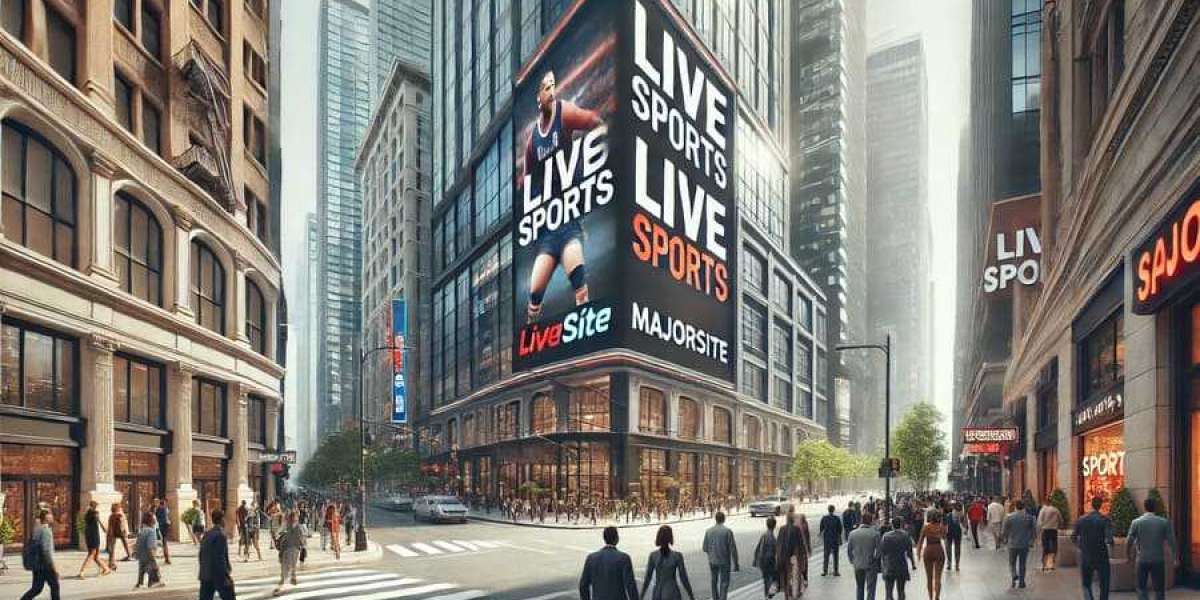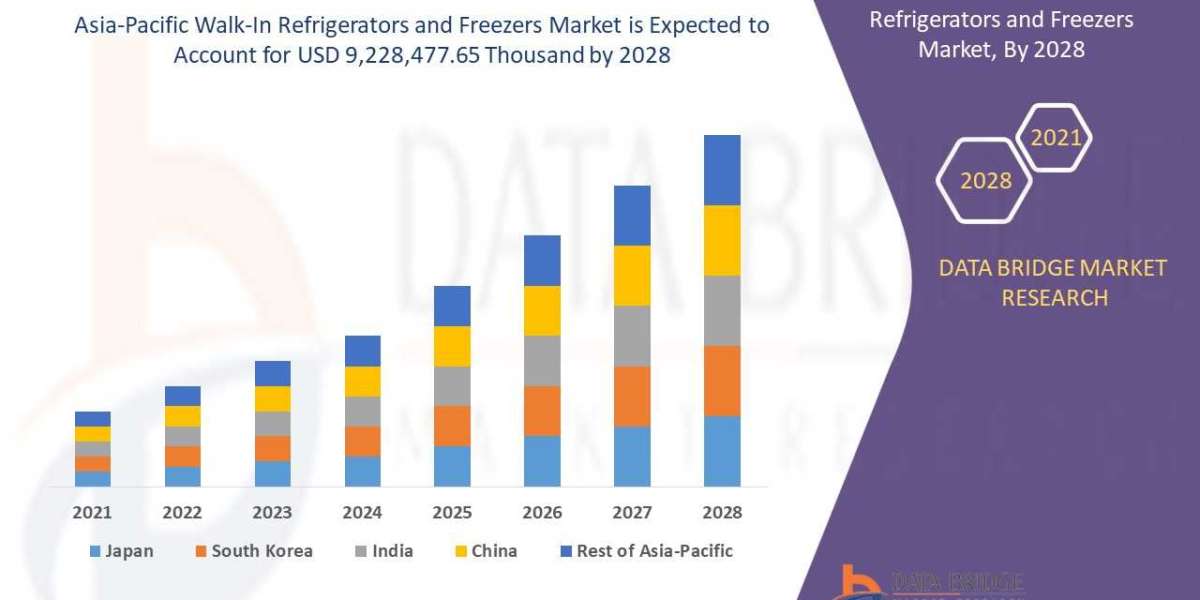In the realm of packaging, choosing between custom and standard options significantly impacts your budget and brand perception. Let's explore the cost considerations to help you decide what's best for your business.
Understanding Custom Packaging Costs
Custom packaging lets you tailor solutions to fit your brand and product needs. Whether it's rigid, cardboard, or Kraft, custom designs can enhance how your products are presented. However, these benefits often come with higher initial costs compared to standard packaging.
The Price Dynamics of Custom Packaging
Custom packaging costs vary based on several factors:
Material Choices: Rigid boxes, cardboard, and Kraft paper each have different cost structures. Rigid boxes are durable and premium but more costly than cardboard or eco-friendly Kraft options.
Design Complexity: Intricate designs and special finishes like embossing or foil stamping increase production costs. These features make packaging visually appealing but require specialized manufacturing.
Order Volume: Larger production runs reduce per-unit costs. Smaller batches can be more expensive due to setup and tooling costs.
Affordability of Custom Packaging
Despite higher initial costs, custom packaging can be cost-effective in the long run. It enhances brand identity and customer loyalty by creating memorable unboxing experiences.
Cost Analysis: Custom vs. Traditional Packaging
Let's compare cardboard boxes:
Standard Packaging: Generic cardboard boxes cost less but lack branding opportunities and may not protect products well.
Custom Packaging: Custom-designed cardboard boxes fit products precisely, offer branded printing, and ensure better protection. Initial costs may be higher, but branding benefits can justify the expense.
Practical Considerations in Packaging Options
Branding Impact: Custom packaging strengthens brand identity and boosts brand recall. This can lead to higher sales and customer retention.
Environmental Factors: Both standard and custom packaging can use eco-friendly materials like recyclable cardboard or Kraft paper, meeting consumer preferences and regulations.
Logistical Efficiency: Custom packaging streamlines logistics, reducing packing time and minimizing damage. Efficient packaging saves costs and enhances customer satisfaction.
Conclusion
While custom packaging involves higher initial costs, its benefits in branding and operational efficiency often justify the investment. Whether it's rigid, cardboard, or Kraft packaging, align your choice with brand strategy, product needs, and budget. By weighing cost differentials and long-term benefits, businesses can make informed decisions that drive growth and customer satisfaction.







